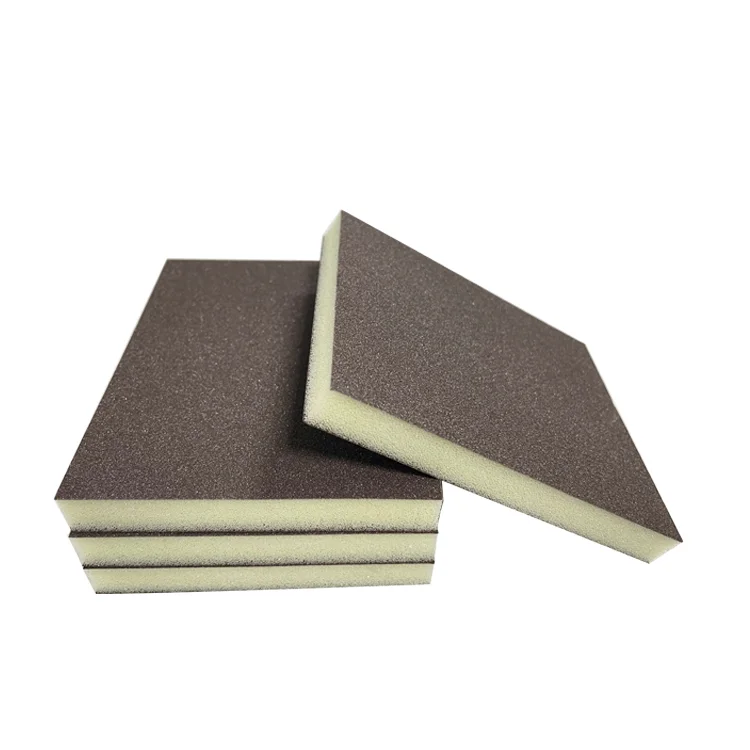As the chill of winter approaches, many homeowners find themselves grappling with the question: What is the cheapest way to heat a room? The quest for affordable heating solutions is not just about saving money; it’s also about maximizing comfort and energy efficiency. In this article, we will explore various strategies, technologies, and practices that can help you heat your space economically without compromising on warmth.
Understanding Heating Costs
Before diving into specific methods, it’s essential to understand the factors that influence heating costs. The primary elements include:
- Energy Source: Different heating systems utilize various energy sources, such as electricity, natural gas, propane, or wood. The cost of these energy sources can vary significantly based on location and market conditions.
- Room Size and Insulation: The size of the room and its insulation quality play a crucial role in heating efficiency. A well-insulated room retains heat better, reducing the amount of energy required to maintain a comfortable temperature.
- Heating System Efficiency: The efficiency rating of your heating system (measured in AFUE for furnaces or SEER for heat pumps) directly impacts operational costs. Higher efficiency systems may have a higher upfront cost but can lead to significant savings over time.
Cost-Effective Heating Methods
- Space Heaters
One of the most cost-effective ways to heat a room is by using space heaters. These portable devices can be strategically placed in occupied rooms, allowing you to heat only the spaces you use. When selecting a space heater, consider the following:
- Type: Electric space heaters, such as ceramic or infrared models, are popular for their efficiency and quick heating capabilities.
- Thermostat Control: Look for models with built-in thermostats to maintain a consistent temperature and avoid overheating.
- Energy Efficiency: Choose Energy Star-rated models to ensure optimal energy consumption.
- Insulation and Sealing
Investing in insulation and sealing gaps can dramatically reduce heating costs. Here are some practical steps:
- Insulate Walls and Ceilings: Proper insulation can prevent heat loss. Consider adding insulation to attics, walls, and floors.
- Seal Windows and Doors: Use weatherstripping or caulk to seal drafts around windows and doors. This simple step can significantly improve heat retention.
- Use Thermal Curtains: Heavy, insulated curtains can help keep warmth in during the night and block cold drafts.
- Programmable Thermostats
A programmable thermostat allows you to set specific heating schedules based on your daily routine. By lowering the temperature when you’re not home or during the night, you can save a substantial amount on your heating bill. Some advanced models even allow remote control via smartphone apps, providing flexibility and convenience.
- Utilizing Passive Solar Heating
If your room has south-facing windows, you can take advantage of passive solar heating. During the day, open curtains to let sunlight in, warming the room naturally. At night, close the curtains to retain the heat. This method is not only cost-effective but also environmentally friendly.
- Radiant Floor Heating
While the initial installation cost of radiant floor heating can be high, it can be an economical choice in the long run, especially in areas with high heating demands. This system heats the room from the ground up, providing even warmth and reducing the need for higher thermostat settings.
Alternative Heating Sources
- Wood and Pellet Stoves
For those living in rural areas or with access to wood, wood or pellet stoves can be an economical heating option. They provide a significant amount of heat and can be more cost-effective than traditional heating systems, especially if you have access to free or low-cost firewood.
- Heat Pumps
Heat pumps, particularly air-source and ground-source (geothermal) models, are becoming increasingly popular due to their efficiency. They transfer heat rather than generate it, making them a cost-effective solution for heating and cooling. While the initial investment can be higher, the long-term savings on energy bills can be substantial.
Conclusion
Finding the cheapest way to heat a room involves a combination of strategic choices and practical solutions. By utilizing space heaters, improving insulation, investing in programmable thermostats, and exploring alternative heating sources, you can create a warm and comfortable environment without breaking the bank. Remember, the key to economical heating lies in understanding your specific needs and making informed decisions that prioritize both comfort and efficiency. As you prepare for the colder months, consider implementing these strategies to enjoy a cozy home while keeping your heating costs in check.



